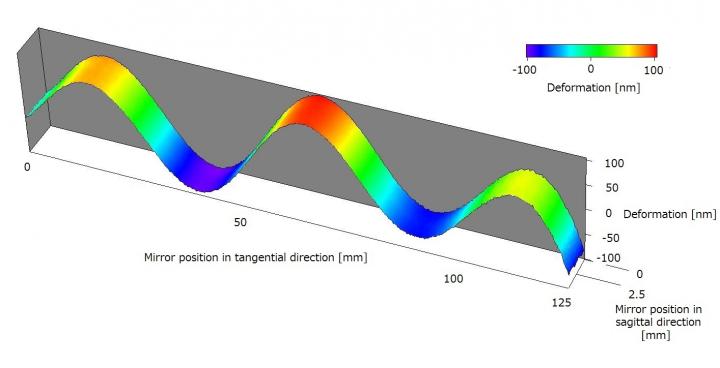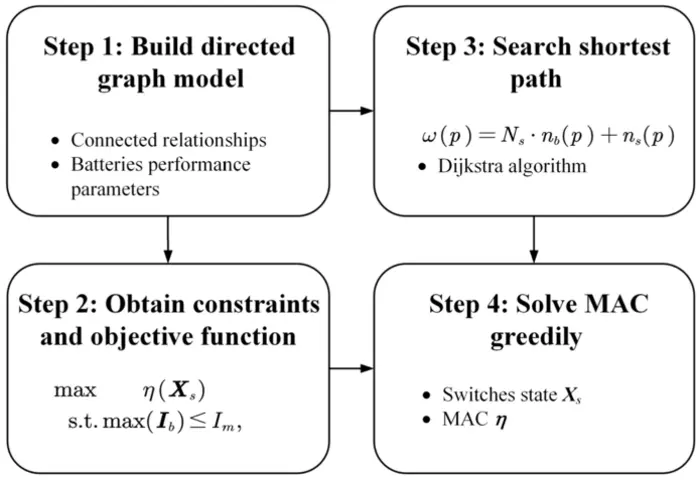Japanese researchers develop a glue-free mirror that can be used in vacuum chambers

Credit: JTEC Corporation
A team of researchers from JTEC Corporation and Osaka University developed a bimorph deformable mirror that allows for precise shape modification and usage under vacuum, a world first.
Because piezo actuators and a mirror substrate in conventional deformable mirrors were bonded with epoxy glues, this caused problems such as organic gas emission in a vacuum chamber and denatured bonding materials due to chamber cleaning at high temperatures. Thus, the use of a deformable mirror was performed only in ambient atmospheres.
The team led by Kazuo Yamauchi invented a method for bonding PZT actuators to a mirror substrate without using epoxy glues to develop a glue-free bimorph deformable mirror (Figure 1), allowing for usage of deformable mirrors under vacuum.
In this study, they developed a technique to bond PZT actuators to a mirror substrate by using inorganic silver nanoparticles (not containing organic matter). They confirmed that the emission rate of organic gas was at an acceptable level: the vacuum chamber was not contaminated by the gas while maintaining the same level of operability as that of conventional mirrors.
They also confirmed that the bonding and bending characteristics were almost the same before and after heating at 200℃, which is necessary for cleaning procedures. These results verified practical usage of this mirror under vacuum. (Figure 2)
This group’s achievements will permit a maximal use of 100-1,000 times brighter X-rays provided by fourth-generation synchrotron radiation facilities than that of current third-generation facilities. This mirror will be used in X-ray experiments and soft X-ray systems, both of which need a high vacuum environment, for the fourth-generation large synchrotron radiation facilities in which precision optics under vacuum are indispensable.
“Our bimorph deformable mirror will be used in a variety of applications — not only for X-ray radiation systems, but also for controlling space telescopes and high intensity lasers,” says first author Yoshio Ichii.
###
The article “Development of a glue-free bimorph mirror for use in vacuum chambers” is published in Review of Scientific Instruments at DOI: https:/
About Osaka University
Osaka University was founded in 1931 as one of the seven imperial universities of Japan and now has expanded to one of Japan’s leading comprehensive universities. The University has now embarked on open research revolution from a position as Japan’s most innovative university and among the most innovative institutions in the world according to the Nature Index Innovation 2017. The university’s ability to innovate from the stage of fundamental research through the creation of useful technology with economic impact stems from its broad disciplinary spectrum.
Website: https:/
Media Contact
Saori Obayashi
[email protected]
Original Source
https:/
Related Journal Article
http://dx.





